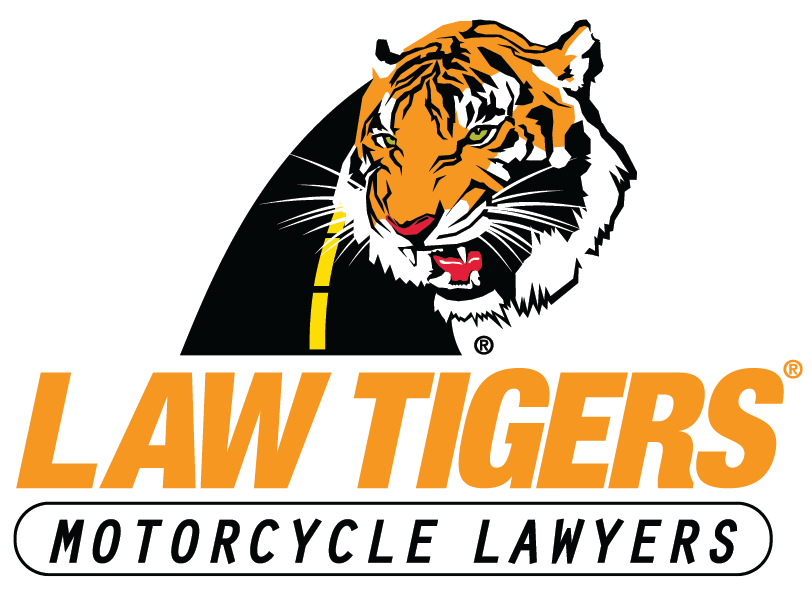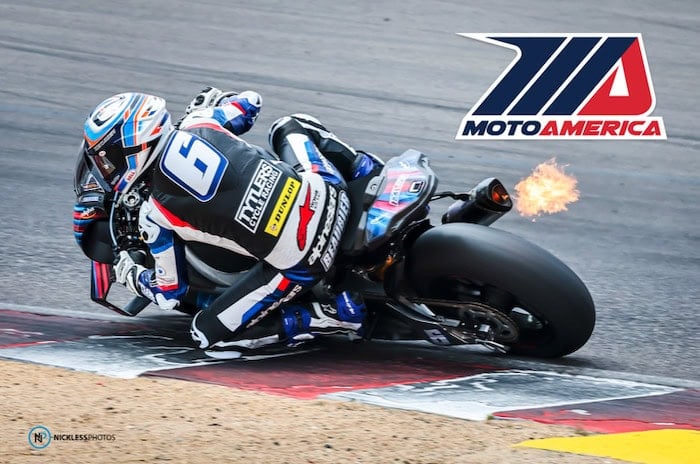What the Spin-Off Means for Riders, Dealers, and the American Motorcycle Market
When the news broke that Polaris Industries would be selling a majority stake in Indian Motorcycle to private-equity firm Carolwood LP, the sound that followed wasn’t just the click of a press release hitting inboxes. It was a collective double-take across the motorcycle world.
For over a decade, Polaris has been the guiding hand behind Indian’s comeback story — resurrecting the century-old American brand from dormancy and turning it into Harley-Davidson’s most credible rival in modern times. But with this new deal, expected to close in early 2026, Indian Motorcycle is about to chart its own course as a standalone company.
A New Chapter for America’s Oldest Motorcycle Brand
Under the terms of the deal, Carolwood LP will take a majority ownership stake while Polaris retains a minority share. Roughly 900 employees, along with Indian’s manufacturing operations in Spirit Lake, Iowa and Monticello, Minnesota, will move under the new company banner. Mike Kennedy, a powersports veteran with deep Harley-Davidson and Vance & Hines roots, is slated to take the CEO seat.
Polaris executives say the separation will let them double down on their most profitable segments — off-road vehicles, snowmobiles, and marine products — while freeing Indian to accelerate its own growth, unshackled from the corporate mothership.
What This Means for the Motorcycle Industry
Indian Gains Its Own Throttle
As a standalone, Indian can focus squarely on motorcycles — not just as one brand among many under the Polaris umbrella. Expect leaner decision-making, faster innovation, and possibly bolder design risks. Whether that means more aggressive performance bikes, expanded touring offerings, or deeper forays into electric models remains to be seen.
Carolwood’s financial backing could also mean Indian has more flexibility to raise capital for R&D, racing, or global expansion — areas where Polaris historically played it safe.
A Shift in Dealer Dynamics
Dealers are watching closely. With ownership and structure changing, so might dealer agreements, floorplan terms, and incentive programs. But many dealers we’ve spoken with are cautiously optimistic — hoping for more brand-specific marketing support and streamlined communication.
“Indian’s always been the gem in Polaris’ crown,” one multi-brand dealer told Road Dirt. “Now maybe it’ll get the spotlight it deserves.”
New Pressure on Harley-Davidson and Beyond
Harley’s leadership can’t ignore this. Indian, under Polaris, already gave Milwaukee a reason to rethink its complacency in the heavyweight cruiser space. An independent Indian, led by an ex-Harley exec, could sharpen the rivalry even more.
Expect fresh marketing heat and possibly renewed competition in racing — whether that’s flat track, King of the Baggers, or new categories entirely.
Meanwhile, other players like Triumph, Royal Enfield, and BMW Motorrad may see ripple effects as Indian redefines its identity and pricing strategy in the North American market.
The Private Equity Wildcard
Carolwood LP isn’t a household name among riders, and private equity ownership always raises eyebrows. PE firms are known for chasing returns — and that can mean either strong investment or painful cost-cutting.
If Carolwood takes the long view, Indian could see the kind of focus and capital infusion that turns it into a stronger global contender. If short-term profits drive the plan, we could see trimmed budgets and reduced innovation.
The next year will tell which direction they lean.
Potential Ripple Effects
- Aftermarket & Custom Scene: Indian’s independence might spark new OEM accessory lines — and open doors for third-party fabricators to innovate alongside them.
- R&D Focus: Without Polaris’s financial guardrails, Indian could finally explore electric or hybrid motorcycle tech more aggressively.
- Rider Confidence: The big question among loyal owners — will the brand’s legendary quality and service continuity stay intact? If Indian nails the transition, confidence (and resale value) should hold strong.
Polaris’ Play
Financially, the move makes sense for Polaris. The company says shedding the majority stake will boost annual EBITDA by $50 million and increase earnings per share by roughly $1. That’s Wall Street’s way of clapping approval — but it also signals Polaris’ clear pivot back to its off-road and powersports roots.
Indian’s roughly $478 million in annual revenue accounted for just 7% of Polaris’s business, but it commanded far more brand prestige than that number shows. Now, both sides get a cleaner focus.
The Road Ahead
This is Indian’s third rebirth in a century — first as a pioneer, then as a revival under Polaris, and now as an independent icon. The path ahead is steep but promising.
If the brand continues its upward trajectory — with bikes/model lines like the Chief, FTR, and Challenger earning praise for blending American muscle with modern performance — Indian could write a new chapter of American motorcycling that rivals Harley’s century-long legacy.
If not… well, history has shown how fragile this brand’s life can be.
Either way, riders, dealers, and the broader industry will be watching. Because when Indian Motorcycle changes course, the whole American motorcycle landscape shifts with it.
Final Thoughts
Here at Road Dirt, we love a good comeback story — especially one written in chrome, leather, and torque.
Indian’s journey from its 1901 roots to a modern, independent powerhouse could be the boldest twist yet.
Whether you’re a Harley diehard, a sport-touring fanatic, or a lifelong Indian loyalist, one thing’s for sure: the next few years are going to be fascinating to watch.
Stay tuned — #RideLife
Phil





























Well, I currently own four Indians in addition to having rode BMW‘s since 1982. I have definitely enjoyed owning my Indians. My latest purchase, the Pursuit, is definitely a great road bike. I think my biggest beef with Indian is the cost of maintenance. My last service @ 10K on my Pursuit was $850 because Indian wants you to bleed the brakes every 10,000 miles. I view that as a way just to line pockets of the dealer at my expense. I hope this works out in the long-term for all parties.
As a previous Indian owner I was always disappointed in the dealer support due to my closest being an hour from home either Pensacola or Hattiesburg. Hope will be to expand market areas and have more choices for add ons.